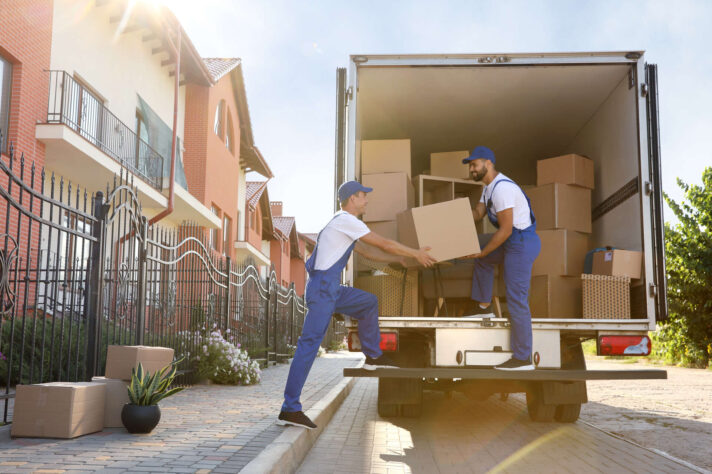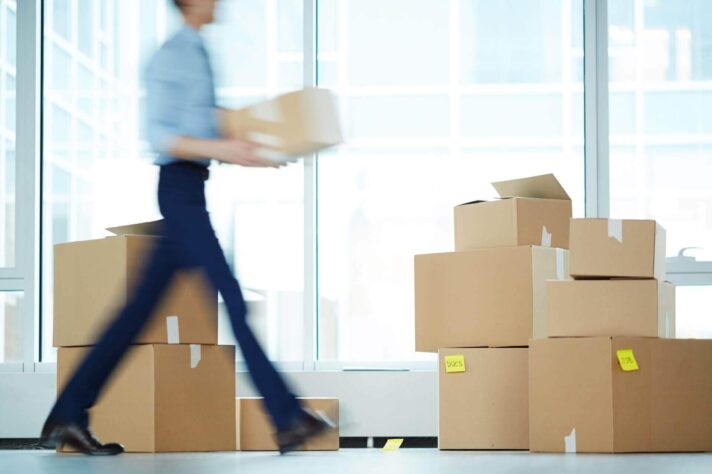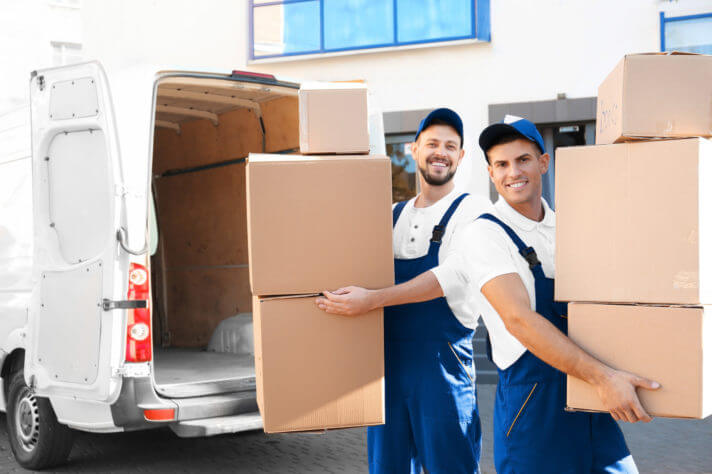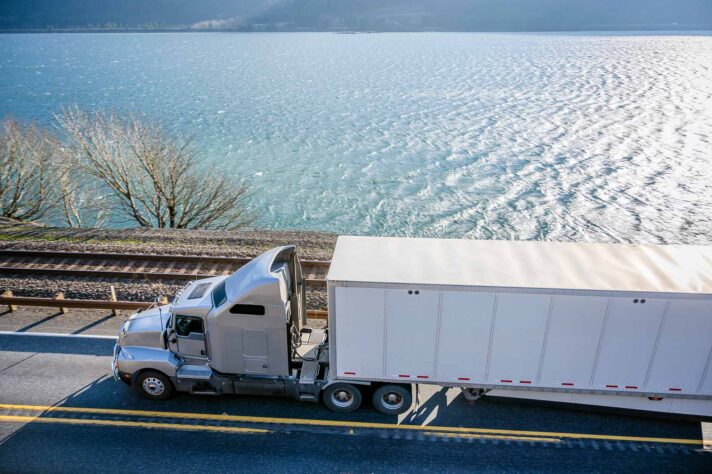To ensure a smooth relocation experience, start by preparing well ahead of time, draft a comprehensive packing schedule, and gather high-quality supplies to safeguard your belongings. Focus on areas in your home that are infrequently used and prioritize items based on necessity. Consider hosting a sale for surplus items or donating to charity. Pack a bag with immediate necessities and consider hiring professional movers to streamline the whole process.
The Best Way to Pack for a Move – Tips for Cross-Country Relocations
Navigating the complexities of relocation can be daunting, but with the right approach, it becomes a manageable feat. Unearthing the best way to pack for a move is essential, as it sets the foundation for a smooth transition. From meticulous planning to the selection of materials, every detail counts. Join us as we delve into strategies and tips to transform relocation from a tedious chore into a streamlined experience.


What Is the Best Way to Pack for a Move?
The process of moving cross-country can be both exciting and daunting. Central to this experience is the task of boxing up your belongings. So, what truly is the best way to pack for a relocation? The quest for this answer is more than just a logistical challenge. It’s a philosophical endeavor rooted in the principles of minimalism, mindfulness, and efficiency. At its core, boxing up efficiently means carrying over only what truly adds value to your life, leaving behind the unnecessary.
It’s about being aware of the emotional and physical weight each item holds and whether it warrants a place in your new chapter. The art of packing is not just about putting things into boxes but deciding what parts of your past are essential for your future. While practical relocation tips and tricks are plentiful, the real mastery in moving lies in the balance of decluttering the mind, cherishing memories without hoarding them and setting the stage for new beginnings.
#1 Create a Detailed Packing Timeline
One of the most overlooked yet crucial components of a successful transition is meticulous planning of your relocation. By breaking down the monumental tasks into smaller, manageable chunks, you pave the way for a more organized and stress-free process.
Setting clear goals and checkpoints ensures that you remain on track. As the moving day approaches, having a structured timeline not only provides a clear roadmap of tasks to be accomplished but also offers the reassurance that every detail is being taken care of.
#2 Begin Packing Well in Advance
Beginning this process on time can set the tone for your entire relocation experience. Starting early gives you the space to approach each task deliberately and thoughtfully, preventing the frantic feeling that can accompany last-minute preparations.
However, it’s not just about physically boxing up items. It’s about mentally preparing for the transition. This proactive step ensures that you have enough time and space to address unexpected challenges that may arise, systematically decide on the disposition of items, and methodically filter out belongings that no longer serve a purpose in your next chapter.


#3 Invest in Quality Packing Materials
In the world of relocation, not all packing materials are created equal. Relocating to another state subjects your belongings to prolonged periods of transit, variations in climate, and a higher likelihood of jostling and shifting. Investing in quality packing materials designed specifically for these challenges becomes not just a choice but a necessity.
Using quality boxes, packaging paper, bubble wrap, and other materials provides enhanced durability, resistance to external factors, and better weight distribution, ensuring that your possessions reach their new home in pristine condition. It’s a simple decision that can make a world of difference in your moving experience.
Gather Different-Sized and Specialty Containers
Specialized crates play pivotal roles in ensuring a successful and safe moving experience. They bring specificity to the world of packing, guaranteeing that each item, regardless of its size, shape, or fragility, finds its perfect protective environment. Here’s a breakdown of some of these specialized containers:
- Small, medium, and large crates – these versatile crates come in varying sizes to accommodate different belongings. Their sturdy construction offers solid protection and ease of stacking.
- Bottle crates – specifically designed for the safe transport of liquids, these crates come with compartments to prevent movement and breakage, making them ideal for wine bottles, oils, and other bottled goods.
- Electronics boxes – designed to shield your gadgets from static and physical damage, these boxes often come with foam inserts or anti-static bubble wrap, making them perfect for computers, televisions, and other sensitive electronics.
- Fragile item containers – built with extra padding and often compartmentalized, these containers are ideal for glassware, porcelain, and other delicate items that are easily breakable.
- Wardrobe boxes – these tall boxes come with a hanging rod, allowing you to move clothes directly from your closet to the box, ensuring they remain wrinkle-free during transit.
#4 Start With Less-Frequently Used Spaces
There’s a psychological boost in seeing spaces cleared out and boxes filled up. Starting with areas you use less frequently offers a sense of swift progress.
It allows you to familiarize yourself with the boxing-up process, refining your techniques before you approach the more intricate spaces. This step-by-step approach ensures that by the time you’re ready to pack your daily-use areas, you’re already in the groove, making this task and relocation itself more efficient and less daunting.


#5 Prioritize Items Within Each Room
Every room houses items of varying importance. By segmenting items based on their immediate necessity, you ensure a more strategic and organized packing approach. This tactic prevents scenarios where crucial items are buried deep in boxes only to be needed urgently. With a clear priority list in hand, you can pack with foresight, ensuring that your daily life isn’t disrupted prematurely.
#6 Reevaluate Your Household Inventory
As you sort through your belongings, ask yourself about the value of each item added to your life. Some items may hold sentimental memories, while others serve practical purposes.
But there might be those things that neither evoke emotions nor offer utility. Assessing and reevaluating gives you clarity, allowing you to make informed decisions about what deserves a spot in your new home and what should be disposed of.
Moving
Our mission is to bring high quality, long distance moving services to every customer.
Packing
Our expert moving teams are trained to ensure the safety of your personal belongings.
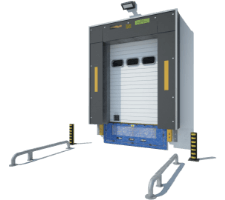
Storage
Cross Country Moving Company is the most trusted name in auto industry in the country.
Host a Pre-move Sale or Donate Excess Stuff
Relocation to a new home presents a golden opportunity to reevaluate our possessions and make impactful decisions. Begin by considering donations to charity and esteemed organizations like Goodwill. By redirecting items you no longer need, you directly contribute to uplifting those in need and ensuring that your belongings find a new purpose.
Post-donation, you might still find items that are unnecessary yet hold market value. Organize a garage sale or tap into the vast audience of online platforms like Craigslist or Facebook Marketplace. Not only does this provide an avenue to further declutter, but it also offers a chance to recoup some expenses, creating a financial cushion for the upcoming relocation.
Whether through charitable actions or smart sales, these processes inevitably lead to downsizing. By shedding excess, you lighten the moving load, which translates to reduced relocation costs. More than just the monetary savings, this act of downsizing is transformative. It allows you to embark on your journey with a sense of freshness, unburdened by the weight of unnecessary possessions.
Check the video below for some tips on how to declutter your home and stop being overwhelmed.
#7 Use Proper Padding and Fillers
In the intricacies of relocation, the protection of your belongings throughout shipping is paramount, and this is where the role of proper padding and fillers comes to the fore. These materials act as the first line of defense against potential damages, absorbing shocks and preventing scratches or dents during transit.
Without adequate padding, even the most robust containers can’t guarantee the safety of items inside, especially when faced with the unpredictability of road conditions or handling. Fillers, on the other hand, eliminate empty spaces within boxes, ensuring items don’t shift, collide, or break. They maintain the structural integrity of packed items, be it delicate glassware or heavy electronics.
Consider Custom Crating for Extra Protection
There are items in our possession that, due to their age, fragility, or uniqueness, require more than just a standard storing solution. Antiques, heirlooms, or art pieces often fall into this category. These cherished belongings, with their rich histories or delicate constitutions, demand an extra layer of care and consideration.
Enter custom crating. Tailored to the exact specifications of the item, custom crates provide a sanctuary for these invaluable pieces. Crafted with precision, they account for every curve, edge, and dimension of the item, ensuring a snug fit and minimizing the risk of movement.
This meticulous design provides a haven for items that defy standard categorizations, ensuring they are shielded from external factors and potential harm during transit. In the realm of relocation, custom crating isn’t just a luxury but a necessity for those wanting to guarantee the utmost protection for their irreplaceable treasures.
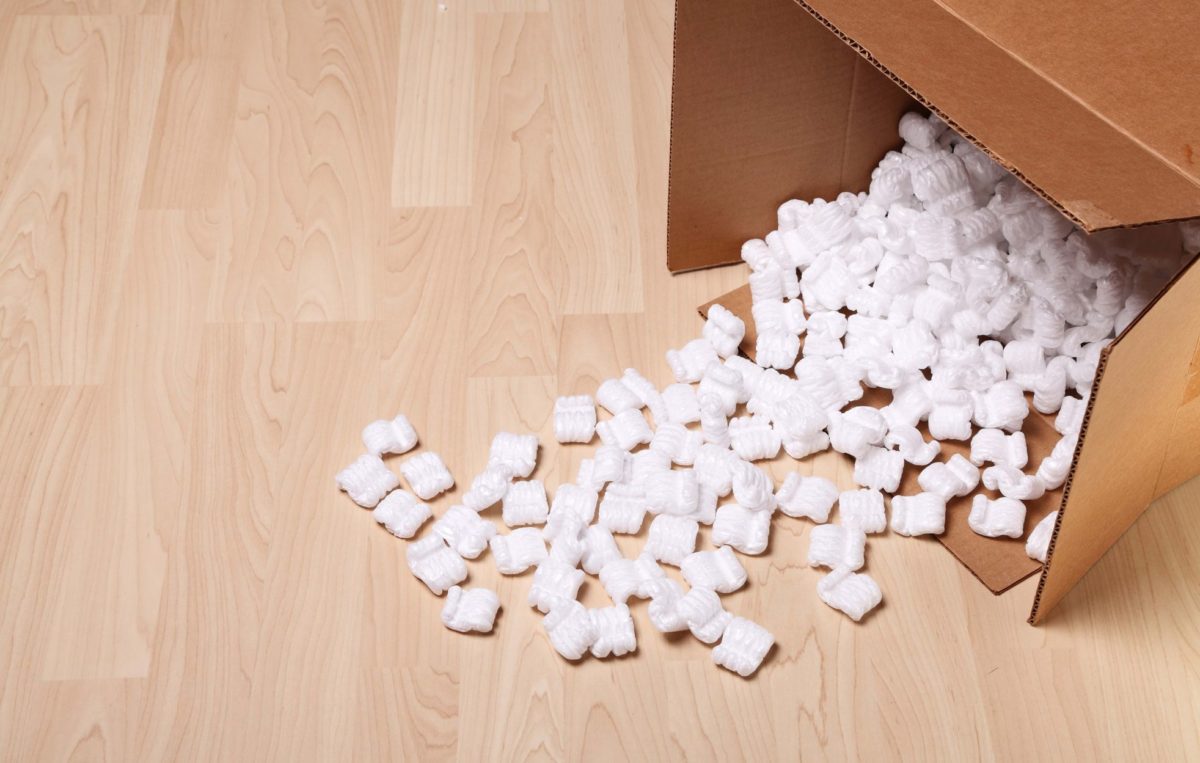

#8 Create a Personal Essentials Bag
Arriving in a new home, surrounded by sealed boxes, can feel disorienting. A bag with relocation essentials can act as your anchor during this transitional phase. Filled with items you’d immediately need, from toiletries and change of clothes to vital documents, this bag ensures that your first hours or even days in the new space are comfortable.


#9 Hire Cross Country Moving Company for a Streamlined Relocation Process
At Cross Country Moving Company, we recognize the challenges that come with relocating over vast distances. Our long-distance moving services are tailored to alleviate the pressures and uncertainties of such monumental transitions.
But beyond the mere transportation of belongings, we offer specialized packing services, ensuring each cherished item is safeguarded against the rigors of extended travel. Our team, trained in the nuances of cross-country relocations, is committed to delivering an experience that prioritizes your peace of mind.


Turning Relocation Challenges Into Seamless Transitions
Navigating the intricacies of long-distance relocations can be a daunting endeavor, but with the right partner by your side, it transforms into an opportunity for a fresh start. At Cross Country Moving Company, we pride ourselves on turning relocation challenges into seamless transitions.
With expertise honed over the years and a dedication to excellence, we’re here to guide you every step of the way. Ready to experience a move that’s as effortless as it is exciting? Contact us today, and let’s embark on this journey together.
FAQ
How Much in Advance Should I Start Packing for a Cross-Country Move?
When planning a cross-country relocation, it’s beneficial to initiate the preparation process early. Aim to organize and store non-essential items around 6-8 weeks before the relocation day.
This timeline allows for a more systematic approach, giving room for decluttering and organizing. As the date nears, you can then focus on essential items.
Are There Specific Packing Materials Recommended for Long-Distance Relocations?
Many cross-country moving services suggest the use of robust, double-walled boxes, ensuring resilience during transit. Securing boxes with heavy-duty adhesive tape ensures they remain intact.
Fragile belongings should be cushioned with bubble wrap, while voids can be filled with biodegradable peanuts or crumpled wrapping paper. Furniture protection with stretch wrap and the use of mattress covers are also recommended by many long-distance movers.
How Can I Ensure My Fragile Items Survive the Cross-Country Journey?
Wrap each delicate item with bubble wrap for protection. Use specialized boxes, like dish barrels, for certain fragile items and ensure the boxes are not too heavy. It’s also wise to label these containers as “Fragile” with clear indications of the top side.
What's the Best Way to Transport Personal Documents and Important Papers?
Personal documents and important papers are items of significant importance, and their security should be paramount during the transition. Instead of placing them in the relocation truck, it’s best to carry these documents personally.
Utilizing secure relocation binders or fireproof boxes can offer added protection. In this digital age, another layer of security can be added by digitizing these documents and storing them on a cloud storage platform.
Should I Hire Professional Packers for a Move Across the Country?
Opting to hire cross-country movers for such a significant transition can be a game-changer. Professionals possess the knowledge to ensure belongings are shipped securely, often minimizing potential damages. However, when considering this avenue, reflect on the costs and relocation benefits of booking professionals versus managing the process individually.
How Do I Decide What to Take With Me and What to Leave Behind?
Reflect on the dimensions and design of your forthcoming residence. In some instances, the expense of transporting sizable items might exceed purchasing new ones at the destination. If some items haven’t been used in over a year, consider parting with them. Emotional value should be weighed against the feasibility of transporting certain sentimental items.
Are There Items That Are Prohibited From Moving Vans or Trucks?
Most cross-country moving companies have guidelines on items that they can’t move. Hazardous items, perishables, explosives, and flammables are typically not accepted. Always review the specific prohibitions of the cross-country moving service you engage in.
How Can I Minimize the Environmental Impact of My Move?
If you’re environmentally inclined, there are several measures to adopt for a greener relocation. Donate or recycle items rather than discard them. Opt for sustainable materials, and consider renting reusable boxes or crates. Streamlining your relocation to decrease the number of trips or opting for fuel-efficient vehicles can also lessen the environmental impact.
